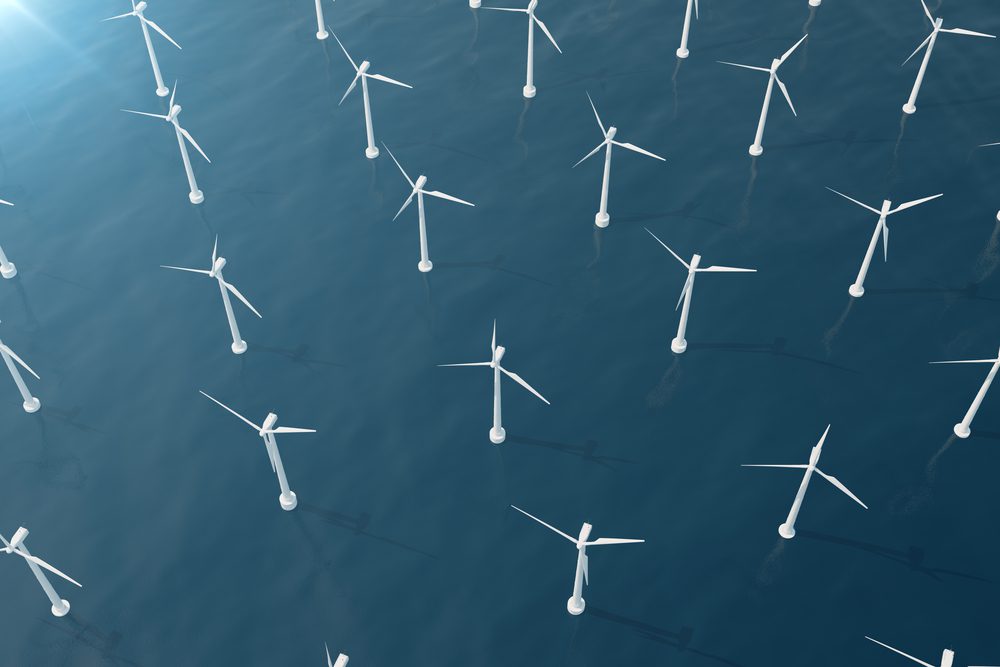India Seeks $1.1 Billion Reparation After MSC Fuel Spill in May
The southern Indian state of Kerala has sued MSC Mediterranean Shipping Co. for the environmental damages caused by a ship capsizing off its coast, according to a court document.

By Rost9 / Shutterstock
By Jeremy Hodges and Jessica Shankleman (Bloomberg) — Europe’s wind-power industry expects new French offshore turbine installations to overtake the U.K. and Germany by 2022, boosting President Emmanuel Macron’s pledge to increase renewable energy.
Construction off the French coast is expected to ramp up from 2020 and turn the country in the fourth-biggest offshore wind generator with about 4.3 gigawatts capacity by 2030, according to the Brussels-based WindEurope industry group.
Macron has repeatedly promised to turn France into a green energy leader and reduce the country’s reliance on nuclear power. He’s trying to cut through bureaucratic red tape that has delayed offshore wind projects tendered in 2012. His government said in November that it aims to trim offshore project development to less than seven years from more than a decade.
The U.K. and Germany currently lead in offshore wind installations with 1,753 and 1,168 installed turbines respectively, according to a WindEurope report on Tuesday.
Investment in new offshore wind farms is expected to recover marginally in 2018 after a sharp drop last year, according to the industry group, which estimates more than 9 billion euros ($11.2 billion) of projects could reach financial close this year.
Last year investment in new European offshore wind projects dropped almost three-fifths, to 7.5 billion euros, after countries cut subsidies and technology costs fell. Conversely, the refinancing of existing projects jumped 80 percent to 4.6 billion euros.
“Project sponsors have used the favorable market conditions and increased liquidity to restructure their project debt,” WindEurope reported.
By 2020 WindEurope expects European offshore wind capacity of 25 gigawatts. The market will continue to concentrate around the North Sea, where the U.K. will connect 3.3 gigawatts of new offshore capacity by 2020. During the period, Germany is expected to install 2.3 gigawatts while Belgium and the Netherlands will install 1.3 gigawatts and Denmark will add 1 gigawatt of offshore power.
© 2018 Bloomberg L.P

Sign up for gCaptain’s newsletter and never miss an update

Subscribe to gCaptain Daily and stay informed with the latest global maritime and offshore news


Stay informed with the latest maritime and offshore news, delivered daily straight to your inbox
Essential news coupled with the finest maritime content sourced from across the globe.
Sign Up